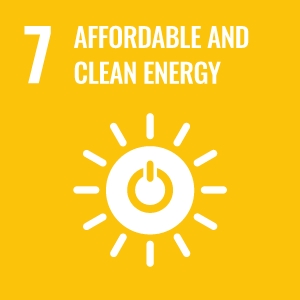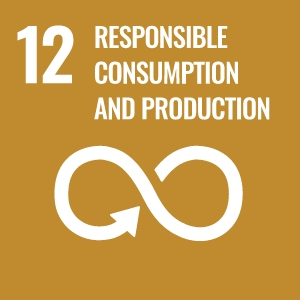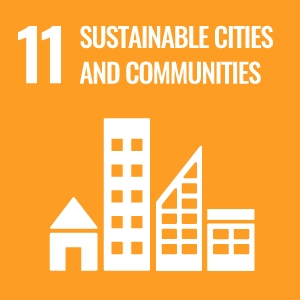11 May 2023 saw a workshop held at BGY entitled “Transition towards a carbon-neutral territory”, that discussed the role of Milan Bergamo Airport in the post-pandemic scene, involving local organisations and institutions in active dialogue and debate. Those present included: ATB, Dalmine S.p.A., ENEA, A2A e Despe S.p.A., all companies in various fields in the Bergamo area.
The 2030 Airport Development Plan aims to guarantee opportunities for development and growth with an increasingly sustainable approach on the basis of four main pillars: development of the airport infrastructure, resilience, mobility and sustainability.
The workshop opened with three speeches by Alberto Brugnoli and Giuseppe Franchini from the University of Bergamo, and Michele Stefini from the Municipality of Bergamo, to discuss the Climate City Contract and urban initiatives aimed at climate neutrality. In this regard, the airport aims to change its approach, abandoning the concept of a “settlement within a territory” in favour of “developing together with the territory”.
The SACBO group began the process for preparing its first sustainability report in 2018, and has continued along this path, despite the pandemic. For SACBO, the report represents an overview of a project that identifies the nature, the priorities and the strategy of the company, as well as aspects of operations and performance that have social and environmental impact both in the short and the long term.
SACBO has identified the themes that are of the most importance for external stakeholders, which include health and safety within the airport and the immediate vicinity, CO2 emissions and atmospheric pollution, accessibility and public transportation, the quality of services with passengers with special needs, acoustic impact, legality and transparency.
2022 saw the completion of a number of projects to reduce the environmental impact of the airport. First of all, a proportion of ecologically certified electrical energy was introduced, which accounts for 50% of the overall supply, and thanks to the support of the A-CDM platform, a process has been set in motion to optimise turnaround operations,consequently optimising emissions. A new electrically driven GPU has been introduced to the fleet of available vehicles, while old lighting units have been replaced with low-consumption LED lighting, and improvements have been made to waste management policies. Bike-friendly certification has been one of the most important goals and has served as evidence of our commitment to promoting sustainable mobility. Other projects have been planned for the years ahead, from the installation of photovoltaic panels and a trigeneration plant, to the total conversion to electrical vehicles.
Milan Bergamo Airport thus represents a model in terms of energy transition, and the direct discussions with local organisations allowed for constructive debate, promoting collective action. For the final part of the meeting, the representatives from the organisations present at the workshop were called on to answer a few questions, discussing the contribution that companies or institutions can make to reinforcing the carbon-neutral approach in the area, on a citywide and provincial level, thus creating opportunities for economic and social development.





